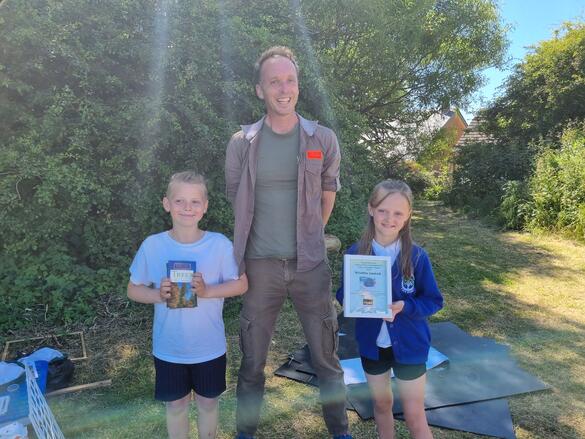Young Ecologists
Hedgehogs snuffling the school fields, fledgling birds released by school children, new habitats created by the children to re-home wildlife. Sounds like a very real and hugely beneficial education to us. This is the ambition of Wildlife Link after first being introduced to schools in 2018 with the two aims: To benefit wildlife rescue hospitals with life saving equipment attending to tens of thousands of wildlife casualties each year and to encourage young people to learn about the natural world and getting them actively involved in nature conservation. With the added prospect realising that their school grounds could be a release site for a local wildlife rescuer.
The UK is one of the most nature deprived nations in the world. The major impacts of changes ‘collide’ with the demand for agricultural production and climate change, which can reduce habitat and push wildlife to the extremes of their preferred habitats. Wildlife is being squeezed and this means they come into complex conflicts. For some of our much-loved wildlife these conflicts mean that they may be lucky enough to have a second chance in life if they arrive at the door of a wildlife hospital.
We firmly believe that by introducing young people to nature and providing them with positive experiences and equip them with skills and knowledge then there is every chance the wildlife / human conflict can be lessened. For Bispham Endowed primary School they may well see the success of their learning by experiencing Hedgehogs visiting their school grounds and providing a nature haven for local wildlife.
So as the new school term begins we look forward in continuing to 'link' children with the natural world.
Our own Wildlife Charlie said "We aimed to discover the diversity of wildlife across the school grounds. Using various ecological surveys to measure wildlife the children became young ecologists in their own right" Such a buzz and anticipation went around the school for two day as the children discovered, explored, measured, reasoned, observed, studied and ultimately became aware of the extraordinary biodiversity on the school grounds.
The children measured: 586 insects, 16 different invertebrate species along with evidence of mice and Hedgehogs visiting the school grounds.
The children were sharp as a nettle sting when it came to reasoning conflicts between humans and wildlife and then suggesting solutions. Their observations demonstrated decisively the optimum habitat to attract and sustain wildlife.
The success of the day came from the words of a year 4 pupil " Last night i wished that we could do a nature activity at school. i did not know you were coming in today and now you are here. All my dreams have come true"
"It's all about encouraging people to participate and learn about the natural world through hands on discovery."

